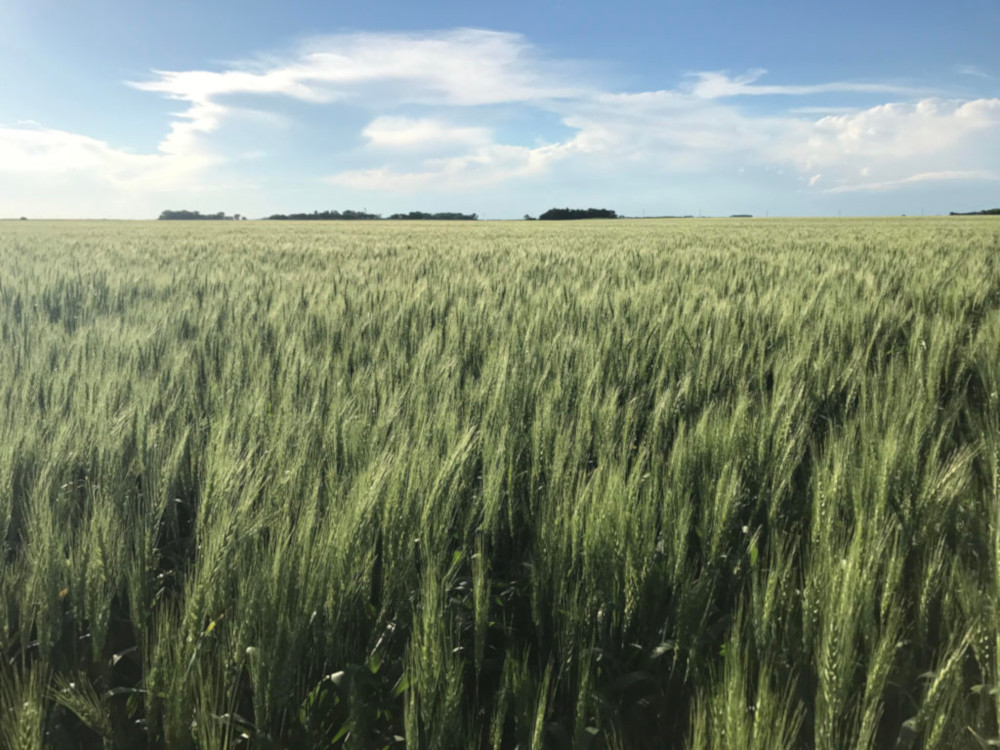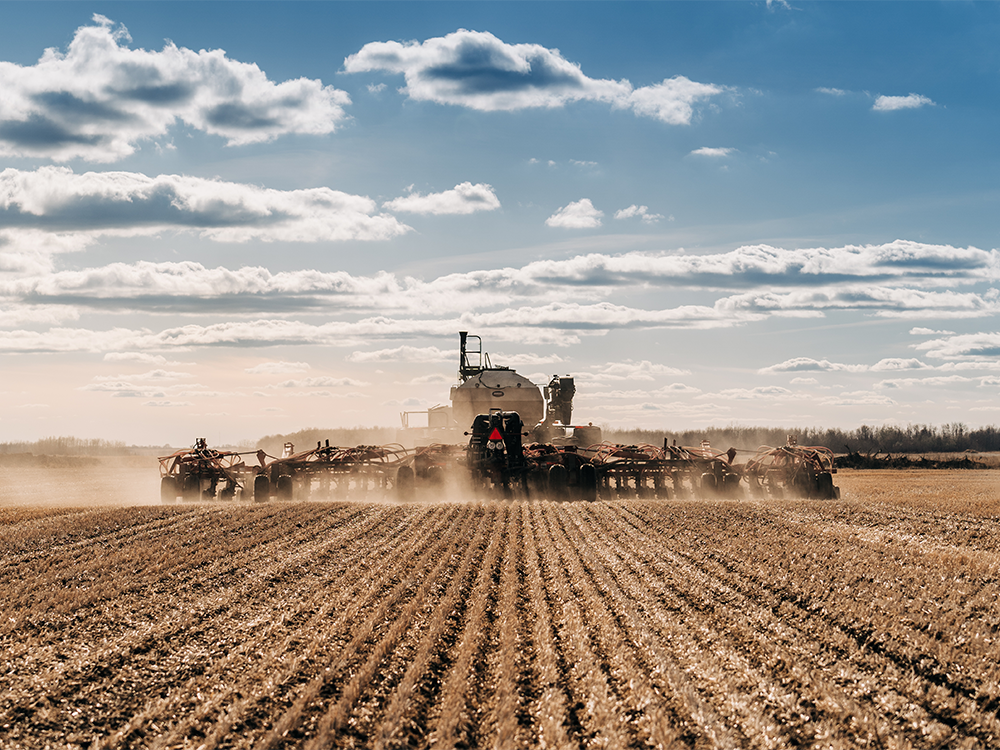This article first appeared in the November-December 2023 issue of Prairie Grains Magazine.
Written by Betsy Jensen, a Farm Business Management Instructor at Northland Community and Technical College. Follow her on Twitter at @jensenbetsyr.
If you understand the title of this article, you were probably born after 1980. Texting has its own language. I was born before 1980 but pick up bits and pieces of this new language.
Sometimes there are things we cannot understand, decode, predict or quantify. I will admit I cannot understand my 2023 wheat yields. How on earth did my farm have above average wheat yields in 2023? Hot summer, late seeding, dry weather and somehow our yields were above average. I learned that ugly fields do not equate to poor yields. I saw other farmers scratching their heads, too.
I am a numbers person and I want to quantify everything. If the stocks to use ratio is X, that equates to price Y. If yield projections decline with each USDA report, that equates to a higher price trend. If we have triple digit temperatures in June with no rain, I expect a poor spring wheat crop. I want to find equations to all my questions. Relying on gut instinct, luck and wives’ tales is very uncomfortable for me. I know you know.
We try to find patterns in pricing and look at historical movements to create those equations, but along comes a big export sale, crop problems in South America, or a world conflict. Our markets are called futures markets, not present markets. They are trying to predict the price in the future, not the price today. That USDA report was old news two minutes after it was released.
My 2023 yields were reminders that there is no perfect equation for bumper yields. Quite a few things can go wrong, and yields might still be fine. We can get bullish news for four days in a row and prices will rally. One day of bearish news and it’s all wiped out. Life isn’t fair. I know you know.
I am already looking ahead to 2024 sales. I have much of my fertilizer, seed and land rent locked in. If I run the numbers with average yields, I can make money at the 2024 prices. Not a lot of money, but there are some profits. I have profitability equations and revenue is equal to or greater than expenses. I need to listen to the math and have confidence in my equation.
I spend too much time with “What If” scenarios. What if yields are poor? What if I sell and prices go higher? What if we exceed our repair budget? What if it’s wet and we hire the airplane for every acre? I see the most likely scenario in front of me, but my mind sees the worst-case scenario in the background. I know you know.
My pledge for 2024 is to not be the worst-case scenario planner. What if things DO work as planned? What if my cash flow is darn close? What if revenue exceeds my plans? I joke that farmers are a pessimistic bunch, and I am joining their end of the world club a little more each year.
I am going to remember the years (like 2023) when the crop looked horrible, and we pulled a rabbit out of a hat. I am going to remember the purpose of forward contracting. It is not picking a high but spreading risk. I won’t panic or rejoice before the crop is harvested and sold.
I will remind myself that there are things that we cannot understand, quantify, decode or predict. Basically, life is a USDA program (I’m looking at you IRA, ERP2 and PARP). There are no perfect equations to predict yields, prices or profitability. Try to remember the good scenarios along with the bad.
And the title of this article? Well, I know you know.





